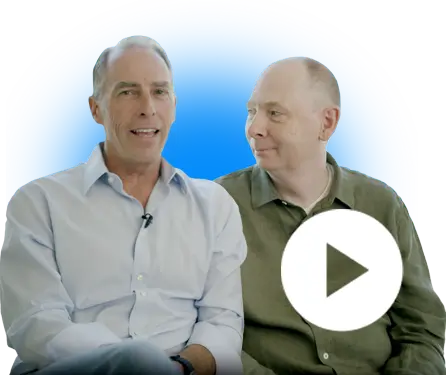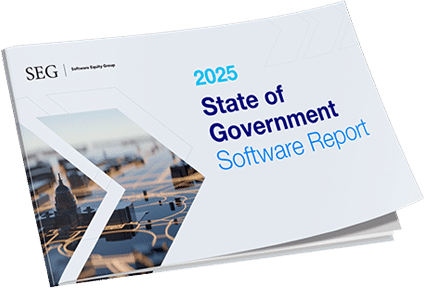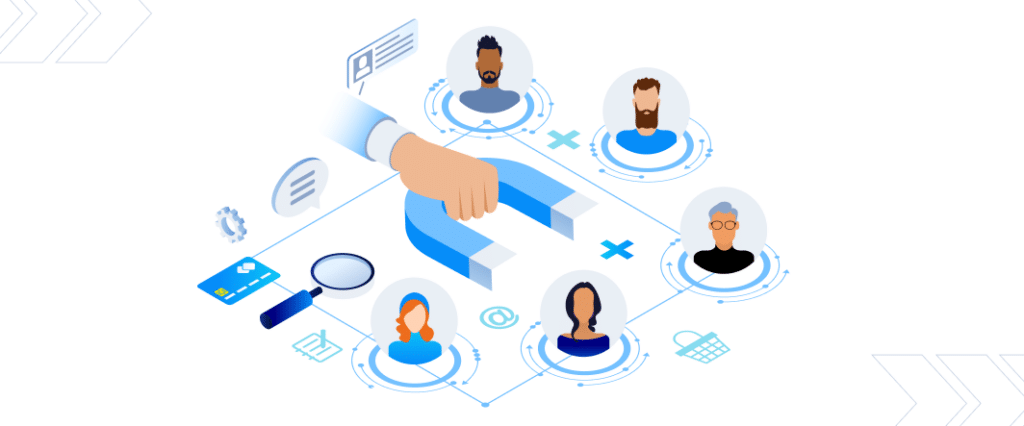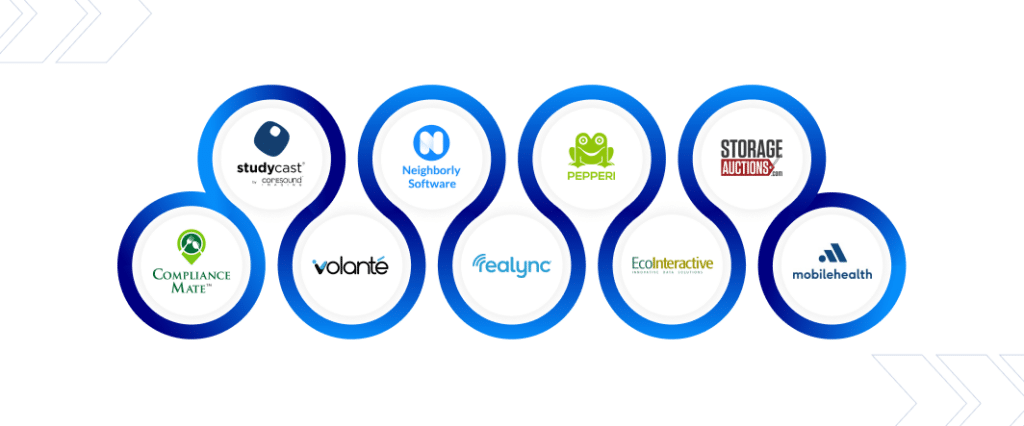More Than a Number: SaaS Pricing Models and Strategies
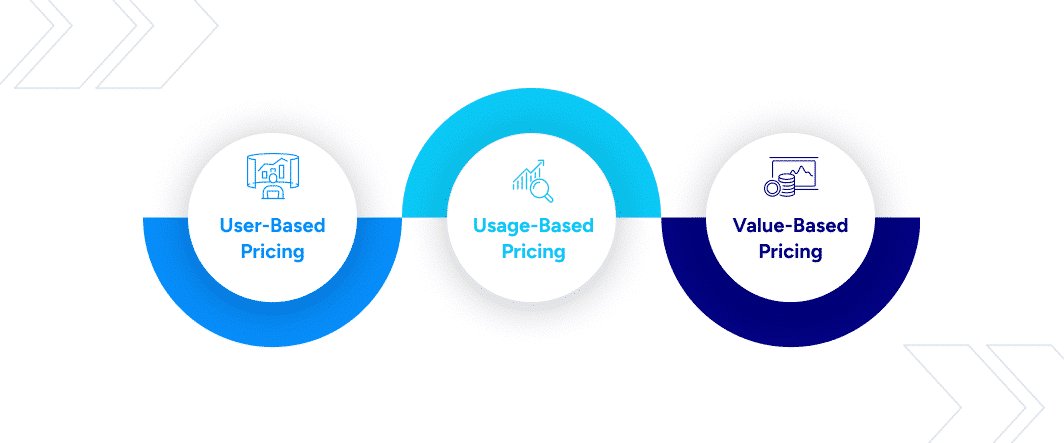
Pricing is a fundamental aspect of every business. Business owners need to charge enough for their products and services to cover costs and produce profit, but charging too much could drive away potential customers. The same basic concepts apply to software businesses, but arriving at the right SaaS pricing strategy can get significantly more complex.
After all, there are many established pricing models from which to choose—from price-per-user agreements to tiered pricing packages based on usage—and an infinite number of pricing strategies to apply those models and achieve different goals. The best approach for your company could depend on the type of software you offer, the customers you serve, and where you are in your growth trajectory. While it might not be easy, getting it right is worth the extra effort. A sound SaaS pricing strategy can help your company win more customers, reduce churn, drive growth and profitability, and ultimately lead to a higher valuation.
Education is the first step. Many early-stage software organizations lack a coherent strategy, often mimicking competitors or relying on random methods. Reading this blog is an excellent starting point, guiding you toward establishing a robust strategy essential for success in the competitive market.
Here are a few key concepts to consider as you ponder your pricing strategy, taken from my recent webinar with Steven Forth, Co-Founder and CEO of Ibbaka. The webinar discussed SaaS pricing strategies to elevate your company’s ARR growth and valuation.
1. Evaluate Your Strategy and Establish a Baseline
Many companies spend very little time deciding on their initial pricing structure. In hindsight, they learn they could have been much more successful had they carefully considered their pricing strategies from the start. If it’s been a while since your company did a SaaS pricing evaluation, now is an excellent time to closely examine how well the current strategy is working and identify opportunities for improvement. Some calculated adjustments could save you from missing out on years of more robust growth and profits.
Your research should entail reviewing internal metrics to establish a baseline understanding of where you are today and how you got there. That should include looking at recurring revenue, customer churn, revenue growth, and customer losses in existing pricing tiers versus upselling or downselling. Analyzing the data could help you identify significant trends, such as what drives growth in certain categories or what factors portend customers downgrading.
Discounting is another factor to examine with a critical eye. Are you offering discounts to customers systematically that align with your pricing strategy, or is undisciplined discounting slowly undermining your success? This is a common and critical problem that must be addressed for any pricing strategy to be effective. Are you discounting the right portions of your offerings? It is advised to discount elements that are more short-term and preserve normal pricing for ARR-related aspects.
In addition to examining your own SaaS pricing and performance, consider it in the context of the competitive landscape. That is, what pricing models do your competitors use, and how much are they charging? Some of this data may be publicly available, but your sales team can also be a valuable source of anecdotal information based on what they’re hearing in the field. What you find may convince you to lower prices to stay competitive or reveal an opportunity to charge more without much consequence.
2. Conduct a User Audit
Knowing your customers and how they use your product is a big part of understanding pricing effectiveness. So, before you make changes to your SaaS pricing strategy, it’s a good idea to conduct a user audit. A thorough audit process can give you a clearer picture of how different types of individuals use your software differently and how you might structure your pricing to maximize revenue and customer value.
In fact, a customer audit may show you that you don’t need to change your pricing strategy at all. Your problem could be that users aren’t being monetized correctly due to a lack of monitoring or poorly enforced contract terms. Fixing these oversights – perhaps through changes to the platform architecture – to charge users fairly and appropriately can create a significant revenue boost without raising prices.
If your pricing model needs some improvement, the audit can help you better define user types and decide how to monetize them. For example, it might make sense to charge active users (those who work frequently in the software) differently versus those who have an account but rarely use it. There are many ways to define user types and near-limitless possibilities for pricing parameters. Still, the main goal is to create a framework that simultaneously provides the most value to your company and customers.
READ MORE: Retention vs. Acquisition: 7 Experts Share Their Non-Obvious Strategies & Tips
3. Get Familiar with Different Approaches
As you consider your customers’ needs and specific user types, you’ll learn more about which pricing model will best serve your goals for growth. Three of the most common options are:
- User-based pricing: Thanks to its relative simplicity, this is the SaaS pricing model of choice for many companies. In its most basic format, customers are charged a flat fee (either monthly or annual) per user. It’s easy to track and easy for customers to understand; the more users they have, the more they pay. For this reason, however, user-based pricing can deter customers from adding more users (preventing widespread adoption), making them more likely to churn.
- Usage-based pricing: Rather than monetizing every user, this method charges customers based on how much they use the software, which could be measured in many ways. An increasingly popular approach is encouraging viral adoption by offering discounts or incentives to the most active users and those who bring in new users. Essentially, the more users a customer adds, the more attractive the pricing becomes. It also helps to improve retention as more users at the company come to rely on the software.
- Value-based pricing: This model is more complex because it sets prices based on the customer’s perceived product value. Value-based pricing can be especially effective if your software solves a critical customer problem and provides a measurable improvement in a particular area. However, estimating your product’s value (and then pricing it accordingly) takes extensive research. It may be approximated based on everyday scenarios or tied to specific customer operation variables.
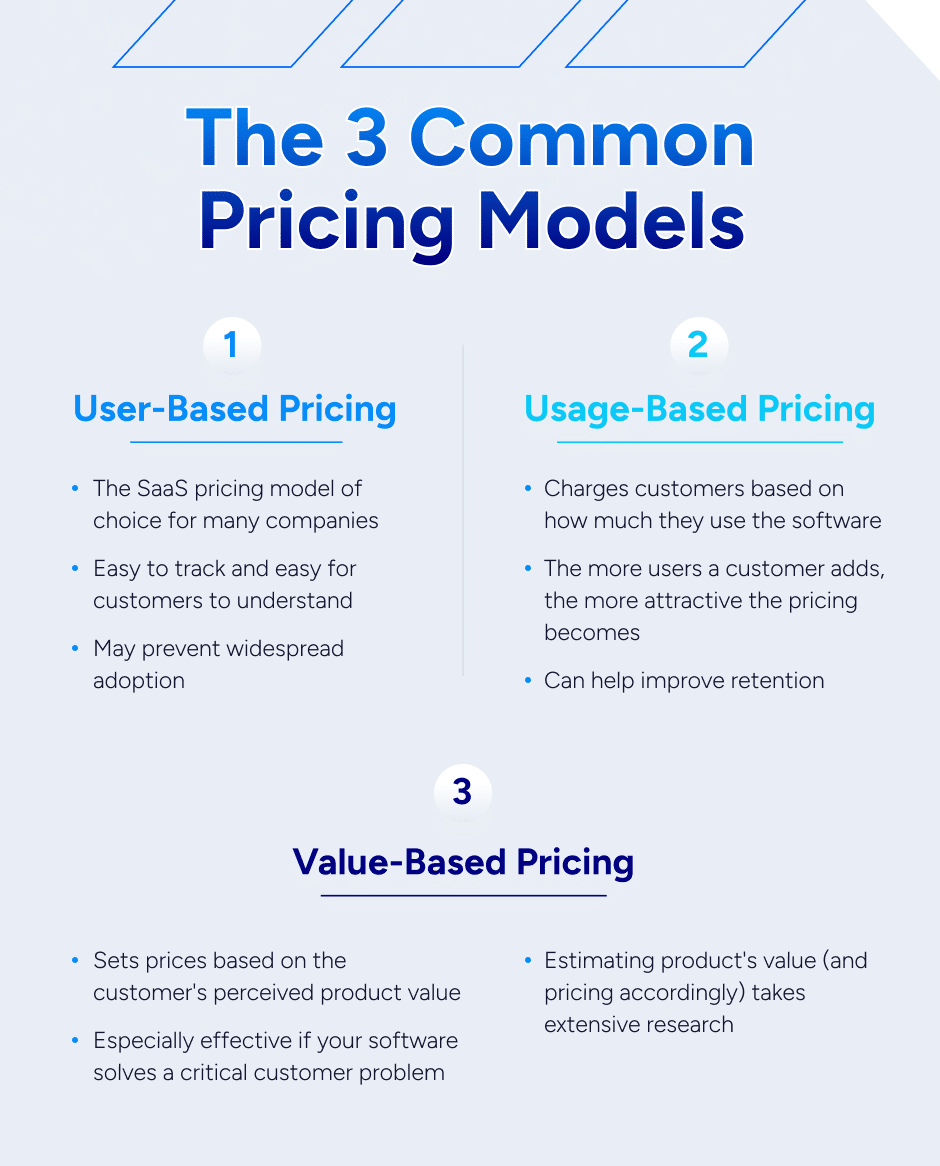
4. Understand Pricing Metrics
Whichever pricing model your business uses, you’ll also need to decide on a specific pricing metric. A pricing metric is defined as the unit of consumption for which the buyer pays, and it can make a big difference in your company’s revenue and profits.
To put pricing metrics in perspective, here are several familiar examples from everyday life. When you fill up your car with gas, the pricing metric is dollars per gallon. When you buy produce at the grocery store, it’s usually priced per pound. Your gym membership is a set fee per month. Meanwhile, your electric bill is variable; you’re charged per kilowatt hour used.
Similarly, SaaS businesses can charge customers using different pricing metrics, even within the same pricing model. For example, in a user-based pricing model, you could charge customers based on an estimated total number of “users,” whether those employees ever actually access your software. Alternatively, you could charge only users who register in your system or only the active users who use the software regularly.
In a usage-based scenario, there would be even more options for pricing metrics. You could charge for every transaction in your software, per API call, message sent, or any other conceivable measurement. Many companies also offer usage-based volume pricing in packages (e.g., ten units for $10, 50 units for $20), so customers receive more favorable pricing as their usage increases.
Lastly, with a value-based pricing model, the pricing metric should be closely aligned with a value driver – how the customer derives value from your software. For example, does your product help the customer generate more revenue? Cut costs? Reduce risk? Or defer capital investments? Any of these measurable results could be your value driver. Thus, the pricing metric should be tied to your product’s corresponding value.
5. Choose the Right Value Drivers
What if you want to use value-based pricing, but your software creates value for the customer in multiple ways? It might help the customer drive more revenue AND reduce their costs. This is a fairly common scenario, and researching and testing different variables can lead you to a viable pricing strategy.
If there are shared variables that both drive revenue and reduce costs, you’ll need to understand the correlations and price accordingly. If the revenue drivers differ from the cost value drivers, you could consider a hybrid pricing strategy that incorporates both sides.
In developing and testing these different pricing options, it’s critical to understand your buyer’s motivations. Who are you selling to, what is their role in the company, and how do they measure success? For example, a VP of sales or marketing may be more interested in creating revenue. A CFO, on the other hand, may be most attracted to the idea of cost savings.
Keep in mind, as well, that the customer’s reasons for making the initial buying decision may be different than their reasons for renewing. Thus, it’s important to thoroughly document the value your software creates for the customer and be able to clearly illustrate that value at any point in the customer journey.
6. Keep Learning
As anyone in the SaaS business quickly learns, there’s much more to pricing than slapping a number on your product and hoping it sells. Narrowing down the multitude of pricing possibilities may seem like an overwhelming task. But with a strategic, data-driven approach to identifying and fine-tuning the appropriate SaaS pricing model, a solution will emerge that sets your business up for success. A winning pricing strategy won’t just drive more revenue but can also play a key role in attracting potential buyers and increasing your valuation in an acquisition deal.
ADDITIONAL BLOG: 6 Essential Data Points You Need for Customer Tracking
Actionable Guidance on Fine-Tuning Your SaaS Pricing Strategies
Want to learn more about SaaS pricing models for your company? We recently hosted a webinar, Craft a Winning Pricing Strategy to Maximize ARR Growth and Valuation, to discuss the process of SaaS pricing. As mentioned, the webinar features Steven Forth, Co-Founder and CEO of Ibbaka, a leader in helping SaaS companies optimize their packaging and pricing strategies, and myself. We offer some valuable advice that could help SaaS entrepreneurs further improve their business performance through an intelligent approach to pricing.
As you dig into the pricing process, call on the experts at SEG for further assistance. With over 30 years of experience advising software companies in M&A transactions, we can put you on the right path to a rewarding exit opportunity.
